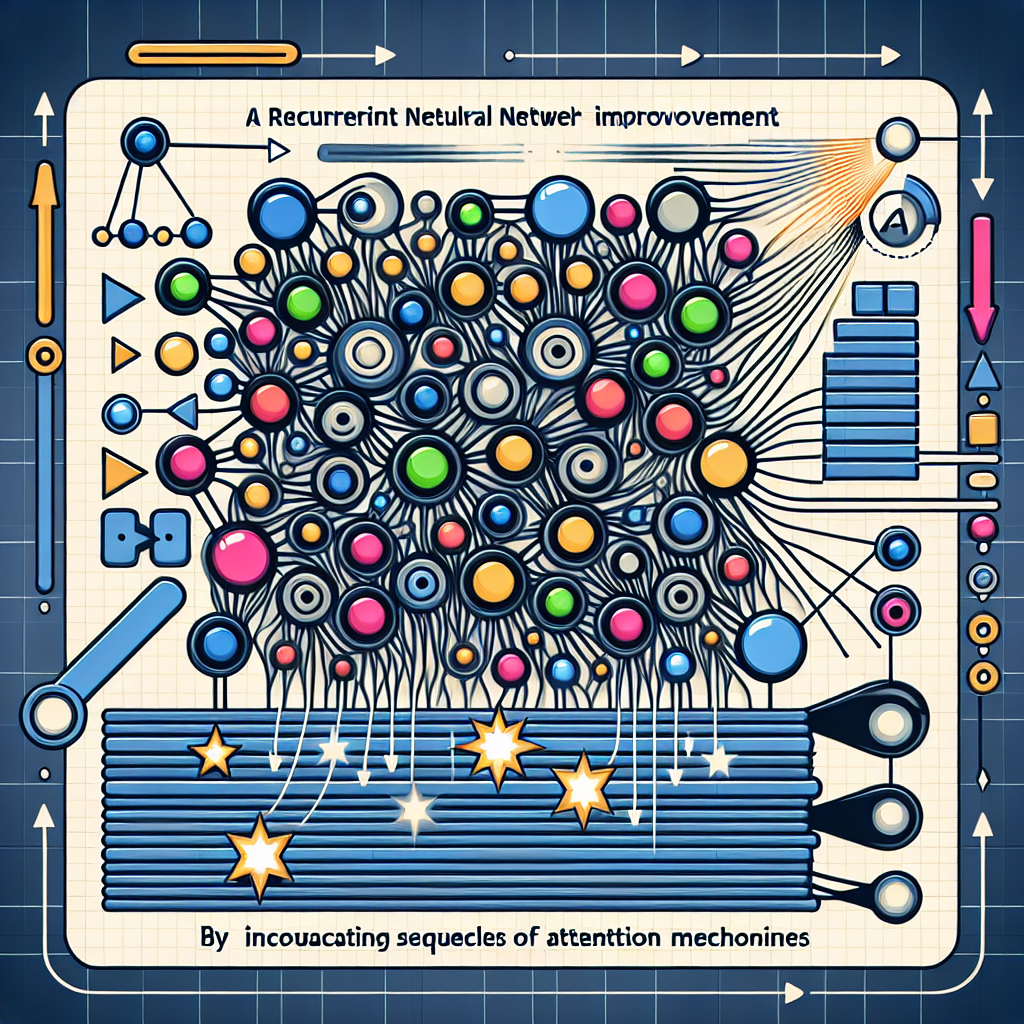Recurrent Neural Networks (RNNs) have been a popular choice for sequence modeling tasks such as natural language processing, speech recognition, and time series prediction. However, RNNs have limitations when it comes to capturing long-range dependencies in sequences due to the vanishing gradient problem. To address this issue and improve the performance of RNNs, researchers have introduced attention mechanisms.
Attention mechanisms allow RNNs to focus on specific parts of the input sequence when making predictions, rather than processing the entire sequence at once. This helps RNNs to better capture long-range dependencies and improve their performance on tasks that require understanding context across long distances.
One of the key benefits of attention mechanisms is their ability to adaptively assign different weights to different parts of the input sequence. This means that the model can learn to focus on the most relevant information for a given task, leading to more accurate predictions.
There are several different types of attention mechanisms that can be used with RNNs, including additive attention, multiplicative attention, and self-attention. Additive attention involves learning a set of weights that are used to compute a weighted sum of the input sequence, while multiplicative attention involves learning a set of weights that are used to compute a weighted product of the input sequence. Self-attention allows the model to learn relationships between different parts of the input sequence, enabling it to capture complex dependencies.
Overall, attention mechanisms have been shown to significantly improve the performance of RNNs on a variety of tasks. They have been successfully applied to tasks such as machine translation, where they have helped to improve the accuracy and fluency of translated text. They have also been used in speech recognition, where they have helped to improve the accuracy of transcribed speech.
In conclusion, attention mechanisms are a powerful tool for enhancing the performance of RNNs. By allowing the model to focus on the most relevant parts of the input sequence, attention mechanisms help RNNs to better capture long-range dependencies and improve their performance on a wide range of tasks. As research in this area continues to advance, we can expect to see even more sophisticated attention mechanisms that further enhance the capabilities of RNNs.
#Enhancing #RNN #Performance #Attention #Mechanisms,rnn


Leave a Reply